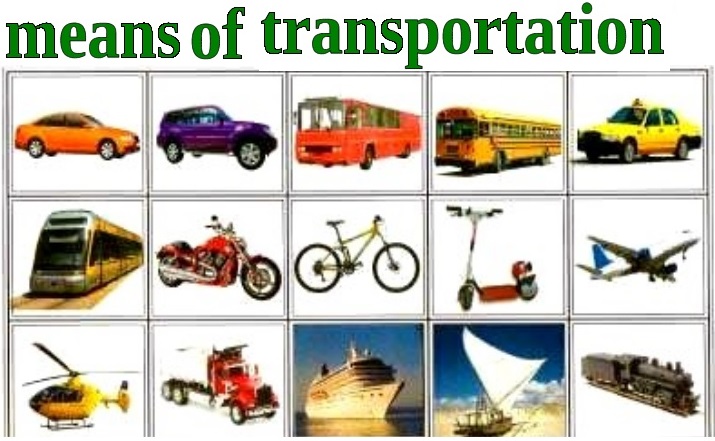Learninsta presents the core concepts of Biology with high-quality research papers and topical review articles.
Types of Transport
Transport is the process of moving water, minerals and food to all parts of the plant body. Conducting tissues such as xylem and phloem play an important role in this. What is the need for transport? Water absorbed from roots must travel up to leaves by xylem for food preparation by photosynthesis. Likewise, food prepared from leaves has to travel to all parts of the plant including roots. Both the processes are interconnected and depend on each other.
Based on the distance travelled by water (sap) or food (solute) they are classified as:-
- Short Distance (Cell to cell transport) and
- Long Distance Transport.
1. Short-distance (Cell to Cell Transport):
Involvement of few cells, mostly in the lateral direction. They are the connecting link to xylem and phloem from root hairs or leaf tissues respectively. Examples: Diffusion, Imbibition, and Osmosis.
2. Long-Distance Transport:
Transport within the network of xylem or phloem is an example for long-distance transport. Examples: Ascent of Sap and Translocation of Solutes.
Based on energy expenditure during transport, they are classified as:-
- Passive Transport and
- Active Transport
1. Passive Transport:
It is a downhill process which utilizes physical forces like gravity and concentration. No energy expenditure is required. It includes diffusion, facilitated diffusion, imbibition, and osmosis.
2. Active Transport:
It is a biological process and it runs based on the energy obtained from respiration. It is an uphill process. The different modes of transport are air, water, and land transport, which includes Rails or railways, road and off-road transport. Other modes also exist, including pipelines, cable transport, and space transport.
Transport modes are the means of supporting the mobility of passengers and freight. They are mobile transport assets and fall into three basic types; land (road, rail, pipelines), water (shipping), and air.
Water transport is the slowest means of transport and, therefore, important for transporting the bulky raw materials which does not care of the speed of movement of commodities.
Among different modes of transport, Railways are the cheapest. Trains cover the distance in less time and comparatively, the fare is also less to other modes of transportation. Therefore, Railways is the cheapest mode of transportation.
There are two major types of cell transport: passive transport and active transport. Passive transport requires no energy. It occurs when substances move from areas of higher to lower concentration. Types of passive transport include simple diffusion, osmosis, and facilitated diffusion.
The bicycle is a tremendously efficient means of transportation. In fact cycling is more efficient than any other method of travel-including walking! The one billion bicycles in the world are a testament to its effectiveness. The engine for this efficient mode of transport is the human body.
The air travel, today, is the fastest, most comfortable and prestigious mode of transport. It has reduced distances by minimising the travel time. It is very essential for a vast country like India, where distances are large and the terrain and climatic conditions are diverse.
The cheapest means of transport for a long distance is Waterways. The amount for loading and unloading goods is much cheaper if it has to travel a long distance. If one has to travel physically to a short distance then it is advisable to take a train. Railways are both cheaper and comfortable to travel.
Modes of transport include air, land (rail and road), water, cable, pipeline and space. The field can be divided into infrastructure, vehicles and operations. Transport is important because it enables trade between people, which is essential for the development of civilizations.
The four elements of transport are:
- The Way
- The Unit of Carriage
- The Motive Power unit, and the Terminal
Natural ways are cheap and free, and have no maintenance costs unless we try to improve them artificially. The sea, the air, the rivers, and footpaths are all natural ways.
Transportation is the movement of goods and logistics is the management of the inward and outward transportation of goods from the manufacturer to the end user. Logistics and transportation deals with getting products and services from one location to another.
There are two major types of cell transport: passive transport and active transport. Passive transport requires no energy. It occurs when substances move from areas of higher to lower concentration. Types of passive transport include simple diffusion, osmosis, and facilitated diffusion.
The different modes of transport are air, water, and land transport, which includes Rails or railways, road and off-road transport. Other modes also exist, including pipelines, cable transport, and space transport.
